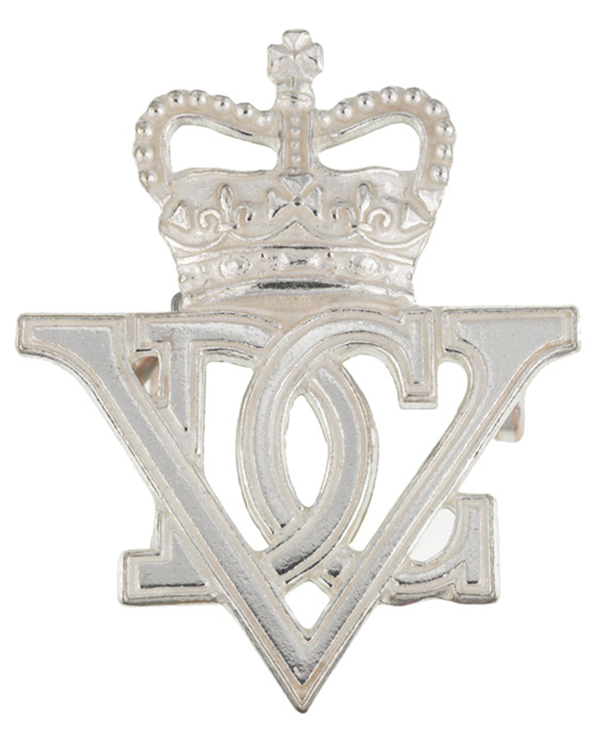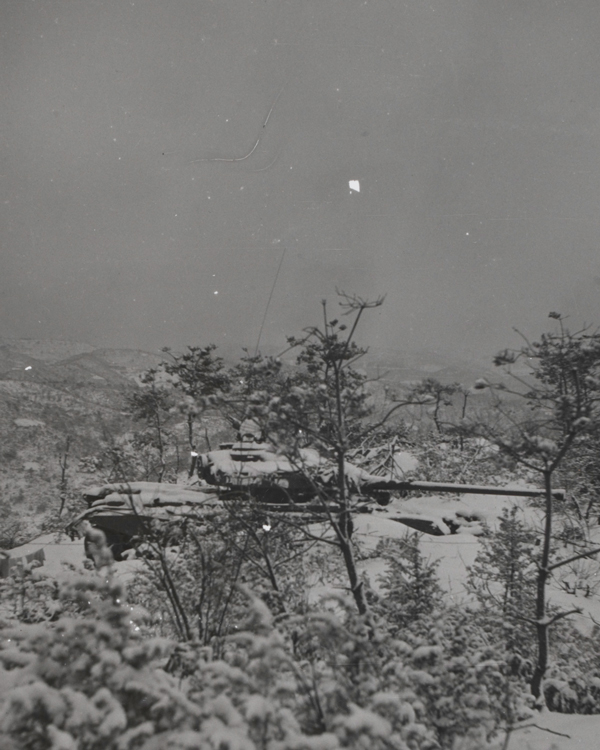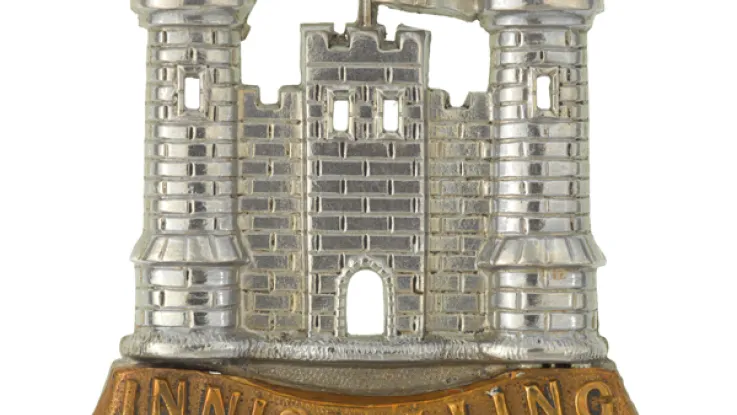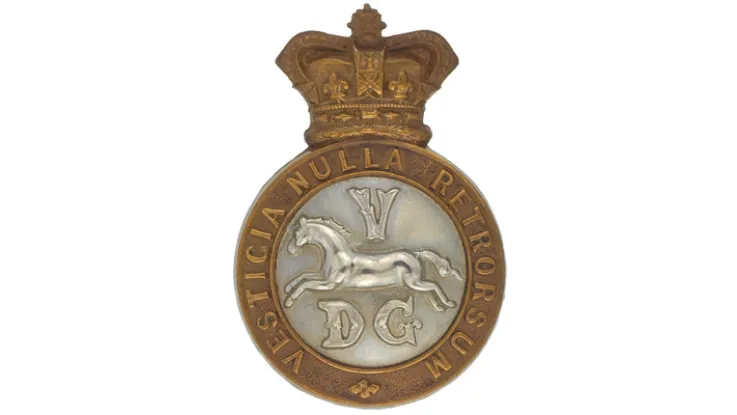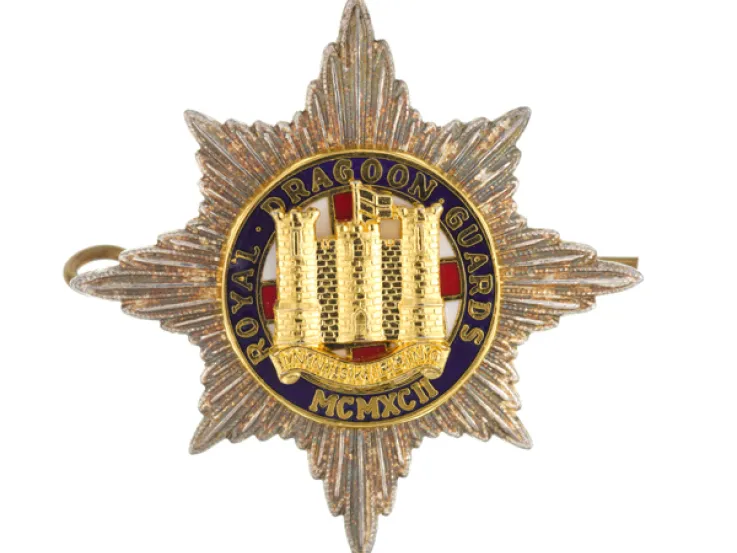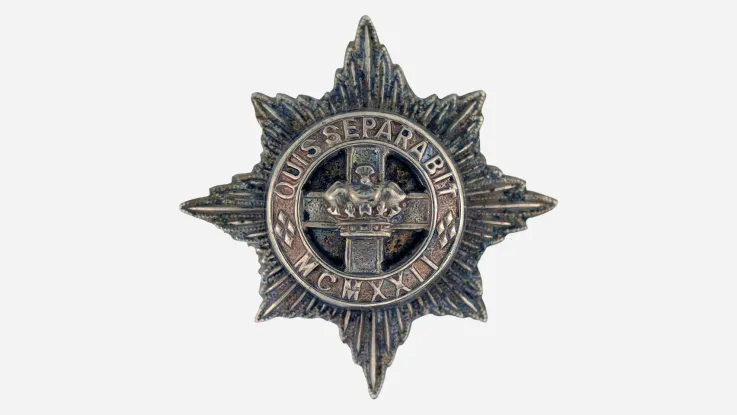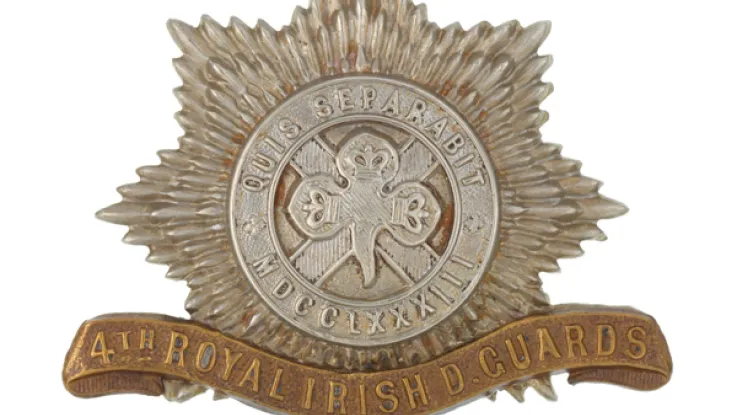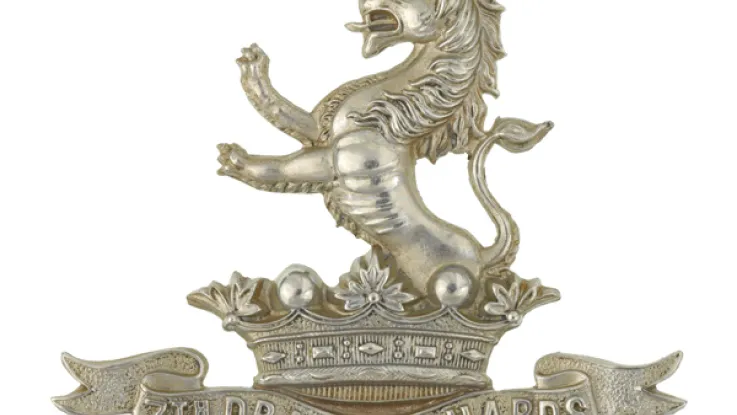Origins
In 1922, The Inniskillings (6th Dragoons) and the 5th Dragoon Guards (Princess Charlotte of Wales's) were amalgamated into a single regiment. The new unit's first colonel-in-chief was King Albert I of Belgium. He was succeeded in this role by his son Leopold III in 1937.
Initially known as the 5th/6th Dragoons, it regained its dragoon guard status as well as its association with Enniskillen in 1927, becoming the 5th Inniskilling Dragoon Guards. In 1935, it also gained a 'Royal' prefix.
During the 1920s and 1930s, the regiment served in Egypt, Palestine, India and England. It mechanised with light tanks and troop carriers in 1938, and joined the Royal Armoured Corps the following year.
Deployments
In the Second World War (1939-45), it fought in northern France during the 1940 retreat to Dunkirk. It only returned to action in 1944, landing a little after D-Day with 22nd Armoured Brigade, fighting across north-west Europe and reaching Hamburg by the time of the German surrender.
The post-war period saw the regiment fighting in the Korean War (1950-53), particularly in the defence of a position known as 'the Hook'. It was then posted to West Germany with the British Army of the Rhine until the 1980s. This period was interrupted by service in Egypt (1953), Aden (1964), Libya (1965) and Cyprus (1966).
In 1981, it became the first Irish regiment to deploy to Northern Ireland during 'the Troubles'. It began preparing for the Gulf War (1990-91), but the conflict ended before the unit could be posted there.
Legacy
In 1992, the regiment was amalgamated with the 4th/7th Royal Dragoon Guards to form The Royal Dragoon Guards.
Regimental museums
The National Army Museum works with a network of Regimental and Corps Museums across the UK to help preserve and share the history and traditions of the Army and its soldiers.
Discover more about the 5th Royal Inniskilling Dragoon Guards by visiting York Army Museum and the Inniskillings Museum in Enniskillen.


